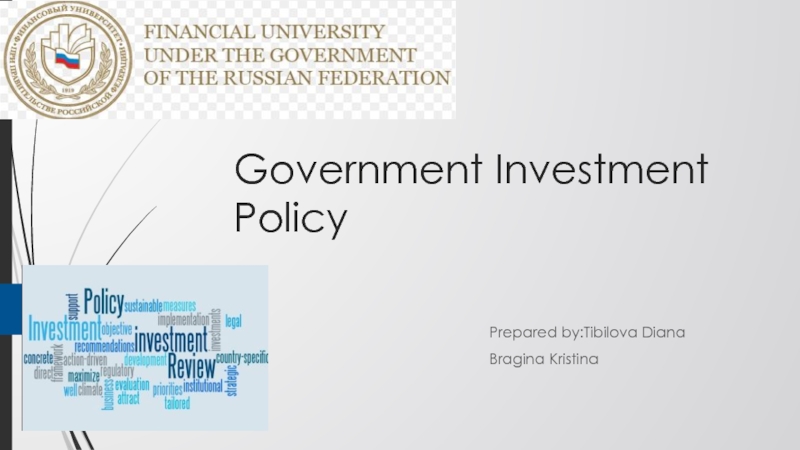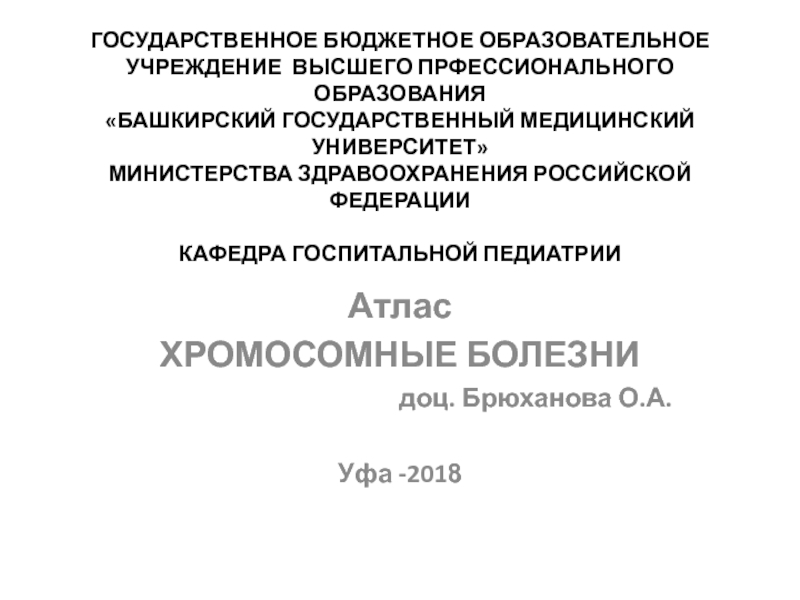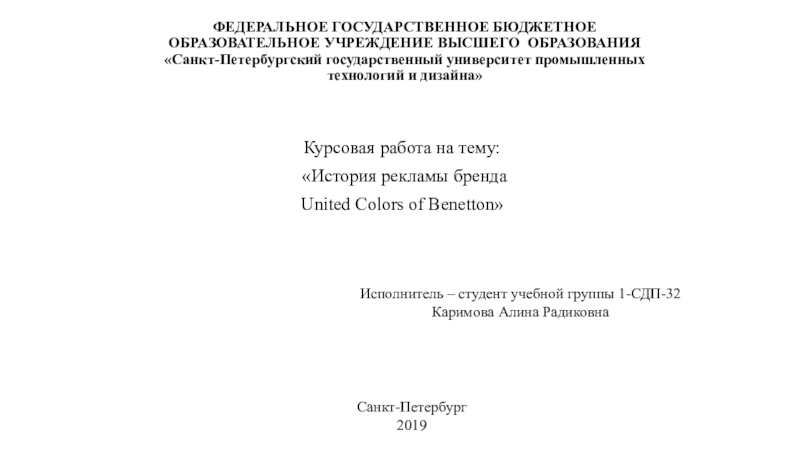offers three basic concepts to help governments clarify the position
of their countries in the world economy, set priorities and implement a country’s long-term vision:
1. Investment policy is not about choosing between foreign and domestic investment. It is about connecting them both through local, regional and global value chains.
2. An investment is not a transaction; it is a relationship.
3. Not all types of investment are the same.
This means regulatory reform should not only focus on domestic laws but also pursue coherence between the latter and international investment agreements which are increasingly governing domestic and international production.
Different types of investment have different effects on socio-economic development, and thus require different policies…Countries who can apply this framework to their investment policies and vision will have a logical backbone for implementing an investment strategy that could lead to measurable results.
An investment policy strategy needs to go beyond attracting initial investments – this is just one small part of the story. The real benefits to the state come later on in the relationship, when a country successfully retains investment and builds strong linkages with domestic businesses.


























